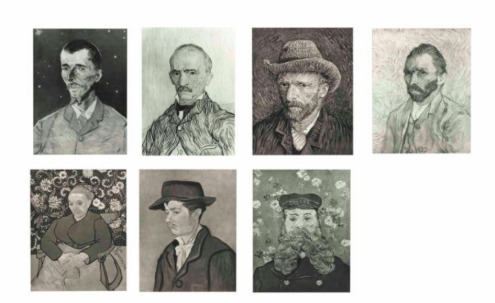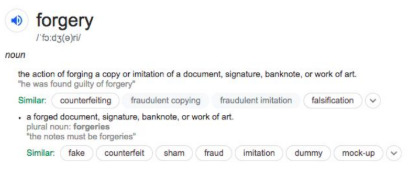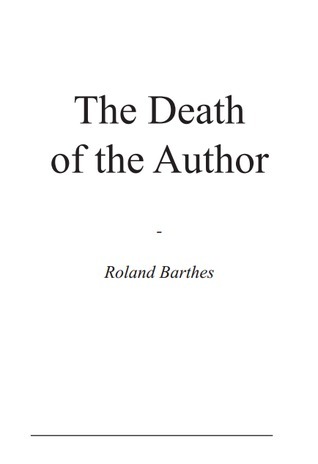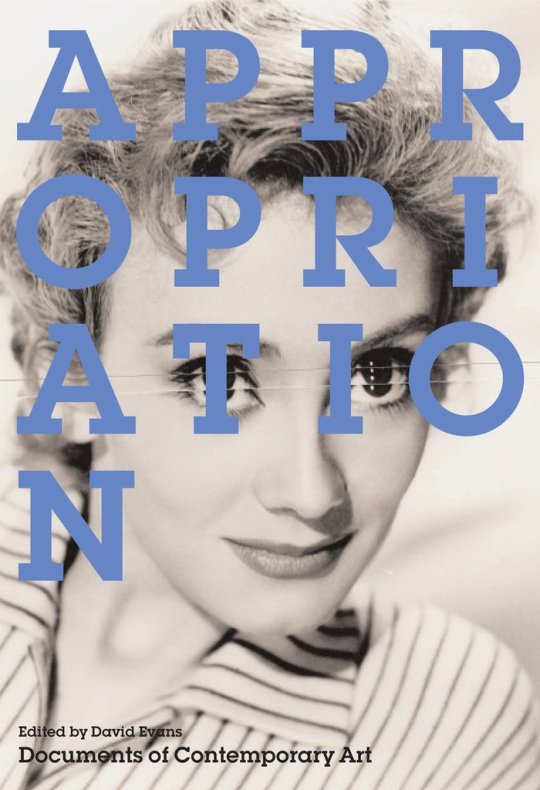#then thats like. a hugely historic impactful and famous piece of art
Explore tagged Tumblr posts
Text
op of the 'augustus of prima porta statue: smash or pass' post turned off reblogs just as i was about to reblog it and then tumblr glitched and logged me out when i tried making an independent post on my thoughts. literally 1984
#anyway at first i was hesitant bcos augustus of prima porta is such a huge part of roman culture#and even if augustus wasnt The Most imperial roman ruler he sure as shit wasnt Not imperial#plus in my latin art + architecture classes we studied this specific statue pointing out all the traits of augustan propaganda#so i thought id b too caught up in thinking about both of those to give it a whack#but then i got thinking like. if its the Real Actual augustus of prima porta (the og bronze or the marble copy idc)#then thats like. a hugely historic impactful and famous piece of art#which Continues to be a symbol of glorious noble leaders#and fucking THAT would be an achievement. thats something you can brag about#like lolll i deflowered your awesome monument to expansionary empires and imperial hierarchy#and make no mistake *i* am corrupting *it*. gonna get arrested for vandalism for carving degrading remarks on its face
2 notes
·
View notes
Text
Nothing Is Original (and thats ok) - Lecture Notes & Set Task

Aims for lecture: to start to think about originality, to think about the concept of what a copy is and how this might impact my practice. Also to begin to think about the terms pastiche and appropriation.

Palimpsest - a literal description of a physical object “ Paper, parchment, or other writing material designed to be reusable after any writing on it has been erased”
By the 19th century the definition had to be tightened and was then referred to ‘a manuscript in which later writing had been superimposed on earlier writing’
During the 1800’s the word also evolved into a metaphor - with it retaining traces of its earlier form.
What is Originality? - How do we define it? Should we try and purse originality? Does it even exist? If so what does it look like?

The Artist as a Conman - Wolfgang Beltracchi - in open prison, the thrill of the crime, painted exact copies of famous painters and sold them as the artists not his, shouldn't look at a painting to say this is this or that.

So why does it matter? Where are I going? And Why should you listen?
Everything is - uncanny, a hoax, theft, deja-vu, appropriation - nothing is every original - everything is re-appropriated.

To define something it can be easier to compare it to its opposites, for example to define appropriation art you can compare them to forgery to see similarities - so re-appropriation is using a piece of work again in your own style whilst forgery is right off copying.

Historical Context - This idea of copying stems from artist apprenticeships where they would be trained to be artists by copying their ‘masters’ - a necessary formation as part of artist training.
The practice can also be traced back to cubist collage - from works such as Picasso and Braque (1912)
As well as this the theme of surrealism follows ideas of copying and forgery in works done by artists such as Salvador Dali, Jasper Johns and Robert Rauschenberg
Alongside this Marchel Duchamp - presents everyday objects.

Appropriation within art practice:
The deliberate production of another artists work
Artists copying artworks for their own artistic expression
It involves adopting intellectual property from elsewhere
Borrows images, styles, forms from art history or pop culture
Evolved around the 1960’s and then peaked in the 80’s
Appropriation - or making artworks using already existing artworks
Terms around The readymade, pastiche, parody, stealing, simulation
Appropriation :

Pastiche, Parody and the Remake
Postmodernism has been characterized by new creations as well as the sense that everything that is ‘new’ has been done before.
Postmodernism asks the question, ‘can there ever be new ideas and images’ Will anything ever be any different from what has come before. However, does any creation or trend have to be new, does it really matter?
In today's day and age the world consists of a huge variety of images that are remakes or copies of each other- with pop culture, art and architecture the concept of an image being original has been thoroughly subverted.

A key term used to describe the culture of imitation, copying and parodying is pastiche. The film theorists Richard Dyer has written the way to understand pastiche is as an ‘imitation that announces itself as such and that involves combining elements from other sources.’
According to Dyer collage, montage - a style of composing that combines elements from different places - within imitating we can find different combinations and relationships to the original text
Pastiche can be a form of play
Photographers who explore re-appropriation:
John Strezkar - uses found images to create collages and montages which recreate the original narrative of the photographs.


Jeff Wall - Wall created the photograph titled ‘A Sudden Gust of Wind’ which is remarkably similar to a Japanese Painting.


Levine says ‘ the world is filled to suffocating. Man has placed his token on every stone.every word, every image, is leased mortgaged. We know that a picture is but a space in which a variety of images, none of them original, blend and clash.’
Levine's work questions the ownership of art and what originality really is. Her image our famous for being is a blatant violation of their copyright.

Originality - ‘the action of mechanical reproduction effectively diminishes the concept of originality’.
The mass, mechanical reproducibility of art has reduced its authenticity
Mass production removes what he calls the aura - a sort of unique authority - from the work.
Even the most perfect reproduction of a work of art is lacking in one element: Its presence in time and space, its unique existence at the place where it happens to be.
The Death of the Author - Barthes extended this concept of ‘The Death of the Author’ to question originality and authenticity - he talked about how any text or image did not emit a fixed meaning from one person but yet a range of quotations that were references to yet other text.

Igor Stravinksy - was writing ballet - corrected scores of classic manuscript - borrowing baselines whilst adding his own harmonies - ‘how dare you do that to the classics’ - you respect but i love
Kleon loves newspapers - daily dispatch of human experience
The artist as the collector - collects selectively - collect ideas
‘Stole words from the newspaper’ blocked out words on the page that he didn’t need to create a poem.
Published a book
Thought he was ripping off government censorship - however work was said to be unoriginal
Tom Philips - uses books - paints and draws over the page leaving words floating on pages
Philips got it from William Burroughs who had a cut up writing technique
Burroughs got it from Brion Gysin who was a painter cut through newspapers - poetry
Tristin Tzara - cut up newpaper put pieces in hat them read them as a poem
Caleb Whitefoord - read across newspapers - funny combinations - published broadsheet
Kleon - idea ‘unoriginal’ - nothing is original - all creative work builds on what came before - every new idea is a remix of previous ideas
We are remix of ancestors - a genealogy ideas exists also - friends, books, music - mashup of what you let into your life
Stealing what meant something to him - expose yourself to the best things humans have done them bring them into what you're doing
Good artists copy - great artists steal
All art is theft - bad poets steal and de-face it
youtube
Set Task
For the set task I did some research into Richard Prince as well as looking at the book Appropriation to further explore theory and ideas around the topic.
Appropriation - Documents of contemporary art

‘ Pictures’ showcased artists who re photographed works
‘The death of the Author’ - ‘questions the notion of originality’
Appropriation art was justified via the ideas of Jean Baudrillard - merging reality with media's representation of reality itself
Happened around postmodernism
Influential galleries for appropriation -Metro Pictures and Sonnabend
Artists who debated postmodernism
Took place largely in the 1970’d/1980’s.
Barthes and Foucault were ‘ taken up by postmodernism to construct a critical space for works using appropriated imagery and stereotypes, largely through photography.
Jean Baudrillard
‘The simulacrum is never what hides the truth - it is the truth that hides the fact that there is none. The simulacrum is true’ - an image or representation of someone or something that is not true - links in with Richard - simulacrum is a fable - it is fake
Richard Prince never wanted to copy but create a resemblance
The technique is how you manage and reproduce the image - Prince disassociate’s from the images original intentions
A late 20th century style and concept in the arts, architecture and criticism, which represent a departure from modernism and is characterised by the self conscious use of earlier styles and conventions, a mixing of different artistic styles and media, and a general distrust of theories.
Richard Prince
‘What Richard is doing is questionably legal, but even if something is legal and ‘starts a dialogue’ it doesn’t mean you should actually do it.’
An infamous appropriation artist
He re-photographs, scans and manipulates the works of others
Draws his subjects from subcultures and cultural cliches
Shows how we accept stereotypes and messages from marketing - how we rely on the icons that are created by marketing such as instagram. - reproduces cliches of advertising - revelling that the messages and images are fiction
Taking things from the original environment such as a screen shot - the familiar becomes unfamiliar and uncomfortable - inviting the viewer to criticize
Has had multiple lawsuits due to the ‘borrowing’ of work.
Prompts others to think about the ownership of art and question what is art
Has created a series of works appropriating peoples instagram posts - repurposing them by changing the caption then hanging them on a gallery wall - controversial due to - captions provoking thoughts around current issues
Distorts the idea of owning something
When working for time-life he used advertising images then cropped them down to create his own images - ‘it was used to create a fiction, but it had come from a truth’ - creates a different meaning for advertising photography
Known for rephotographing Marlboro cigarette advertisements then re-titled them.


links:
https://www.anothermag.com/art-photography/9602/the-new-exhibition-examining-appropriation-in-art
https://www.theguardian.com/technology/2015/jul/18/instagram-artist-richard-prince-selfies
https://www.dazeddigital.com/art-photography/article/46679/1/richard-prince-causes-controversy-instagram-appropriation-art-artwork-theft
https://www.nytimes.com/2017/07/20/arts/design/richard-prince-instagram-copyright-lawsuit.html
https://www.theartstory.org/artist/prince-richard/
0 notes